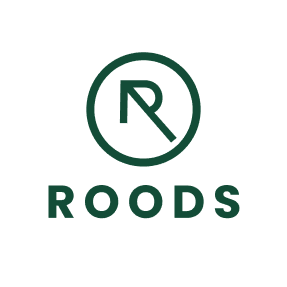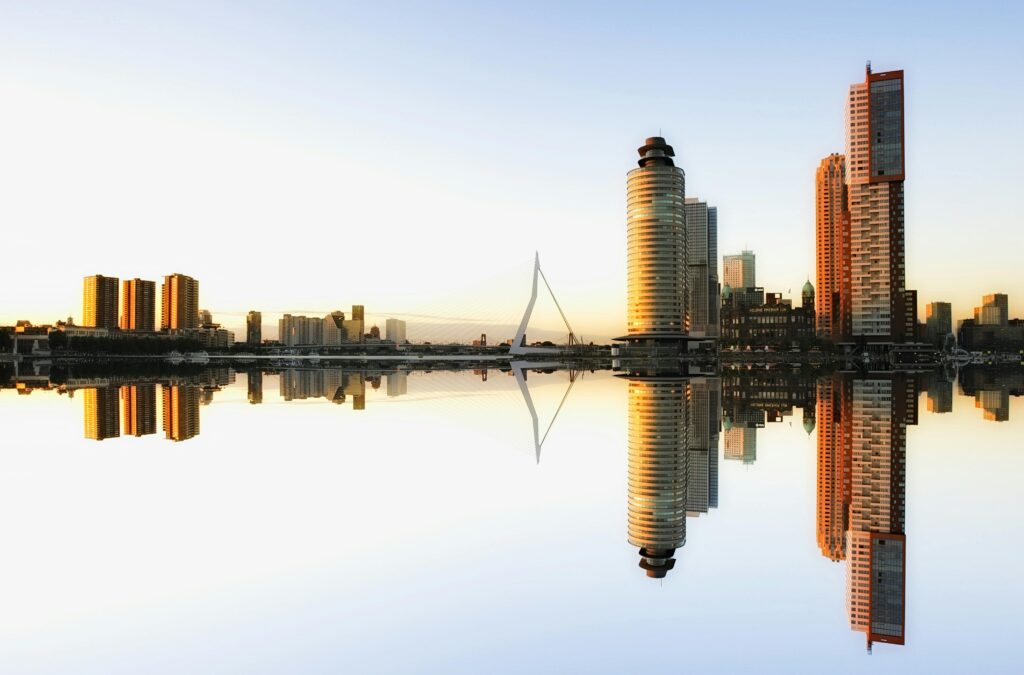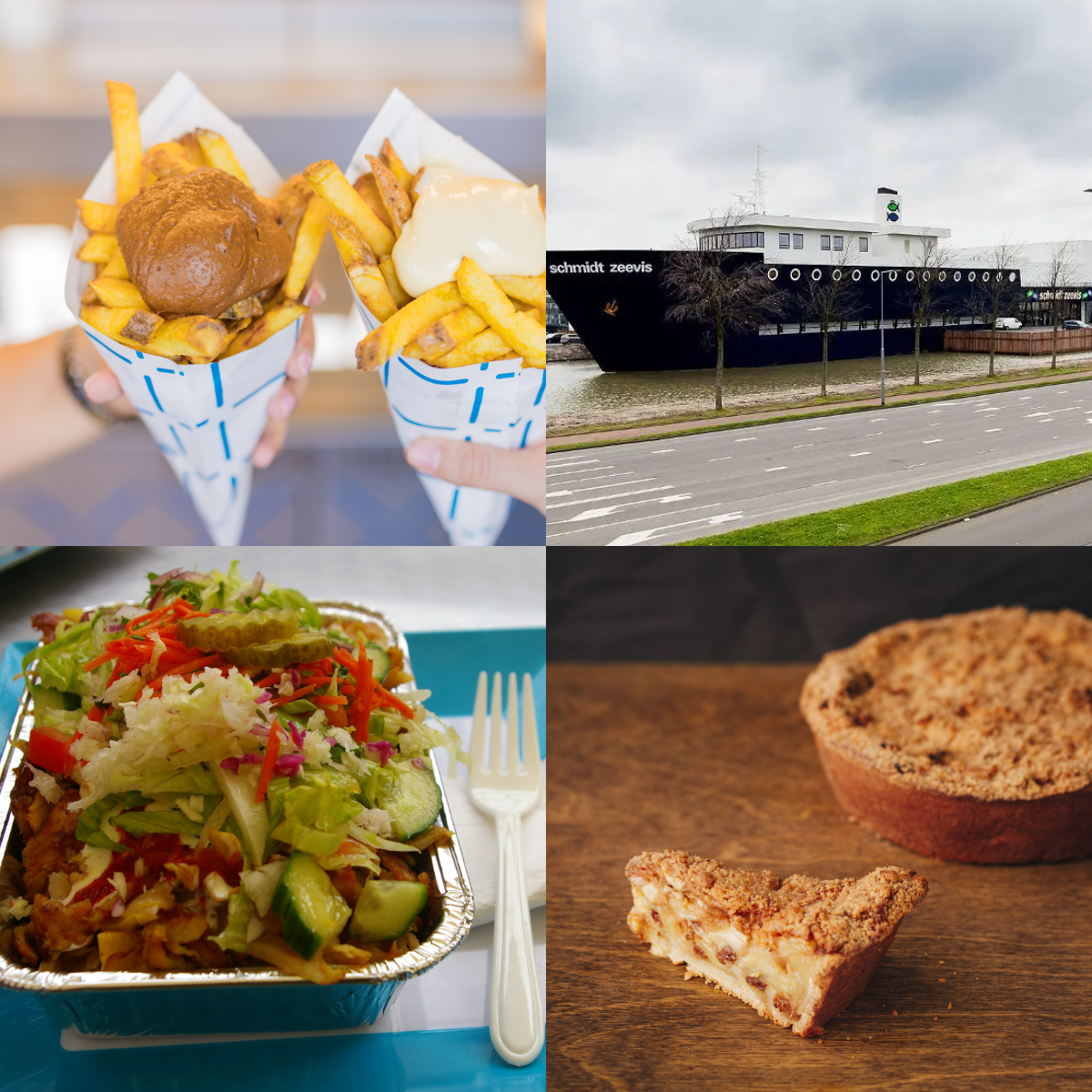Rotterdam began as a small settlement at the mouth of the Rotte, gaining city rights in 1340 after a dam was built to control the waterways. From these marshy edges it grew into a maritime powerhouse. By the early modern period, shipyards, merchants, and warehouses shaped its identity, and in the 20th century the Port of Rotterdam became Europe’s largest—linking the North Sea to the European heartland along the Maas and Rhine.
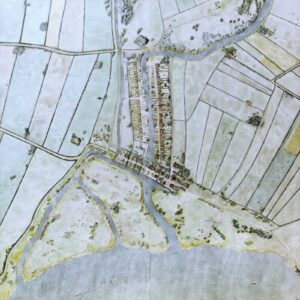
Door Door D. (D.) Weynand/ Catharinus (C.) Hoek, 1924-2013 – Stadsarchief Rotterdam
The city’s story is also one of shock and resilience. On 14 May 1940 the German bombardment destroyed much of the historic center, leaving Delfshaven and a few quarters as rare survivors. In the decades that followed, Rotterdam rebuilt with bold modern architecture and an open horizon: the Lijnbaan as Europe’s first pedestrian shopping street, the Euromast, the Cube Houses, the Erasmus Bridge, and the Markthal—symbols of a city that keeps reinventing itself.
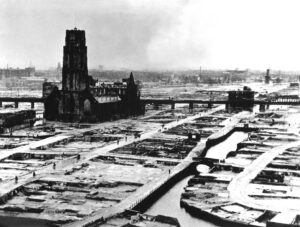
At the same time, Rotterdam has always been a city of workers and ideas: dockers and designers, shipbuilders and students, migrants from every direction who made the port their gateway and home. Its past and present meet along the quays, in the harbors and warehouses, and on the wide streets that replaced the old lanes.
With Roods, you go beyond the surface. You uncover Rotterdam’s hidden stories—from medieval waterworks to wartime scars and postwar optimism—and explore the city in your own way, guided by the voices of its past.
